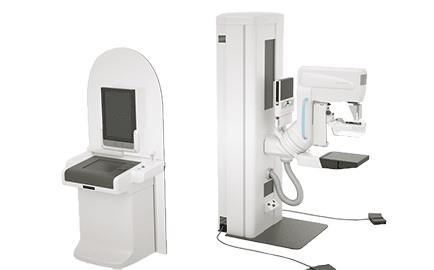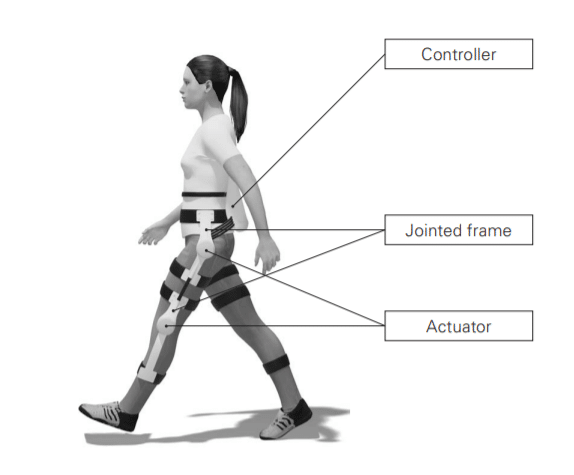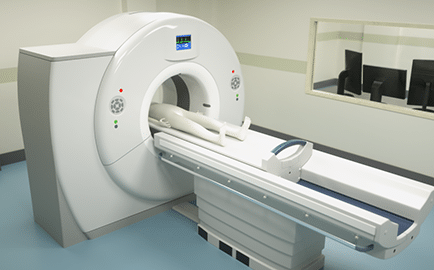Automation is key to keeping everyone safe and healthy in food processing.
In recent years, the focus on health, hygiene, and labor efficiency has only intensified. Evolving workplace safety standards, rising labor costs, and growing concerns around food safety have driven manufacturers to adopt more advanced automation technologies. The food and beverage industry, in particular, faces unique challenges—ranging from a shrinking pool of reliable manual labor to the demand for consistent, contamination-free production.
Unlike other products, food items vary widely in texture, shape, and handling requirements, placing higher performance expectations on motion control systems. That’s where advanced servo systems come into play.
Discover how automation from SANYO DENKI supports food processing and other life-enhancing applications by exploring our virtual factory tour.
Robots for Food Packaging Lines

In line with changes in food culture and life style, new food supply methods are being established involving the use of convenience stores and courier services. Greater emphasis has been placed on safety and hygiene in food processing and packaging plants, but economic and societal changes have made it difficult to secure the labor required for such work. To meet this challenge, the use of production site automation and unmanned operation is accelerating.
Other Applications
Mammography

Mammography is a diagnostic and screening procedure that uses X-rays to examine the human breast. The goal of mammography is the early detection of breast cancer.
Our DC servo motors are used to rotate and move the
compression plate vertically. Mammograms are carried out by first placing the area to be examined between the unit’s two plates. The compression plate gradually applies pressure to the area and holds at a level appropriate for the examination, and the area is then irradiated with radiation and ultrasonic waves.
X-rays are projected at the patient from different angles to take cross-sectional images of the human body for examination.
The θ-axis used to rotate the irradiating part of the
equipment consists of multiple axes, allowing the affected area to be irradiated from a wider angle. Accurate positioning of the irradiation area is realized by these rotary axes together with the treatment bed used to convey the patient. The treatment bed has three axes, and is capable of three-dimensional motion. We developed linear servo motors used in the rotary axes for the irradiating part of the equipment, and the driving axes which move the treatment bed.
Servo Technology for Wearable Robots

The development of “human-friendly wearable robots” involves the use of actuators and servo amplifiers that we have designed and manufactured. These robots are intended to assist individuals who have become physically impaired due to decreased physical ability or injuries sustained during work.
The wearable robots we helped develop are designed to be lightweight, easy to use, and comfortable to wear. Their purpose is to support elderly individuals or patients in walking independently, assist with nursing care, and aid in the rehabilitation of people with disabilities.
Read the full whitepaper to see how our technologies are enabling safer, more effective wearable robots and motion control solutions for medical applications.
Improving and protecting everyones health and safety is what we stand for.



